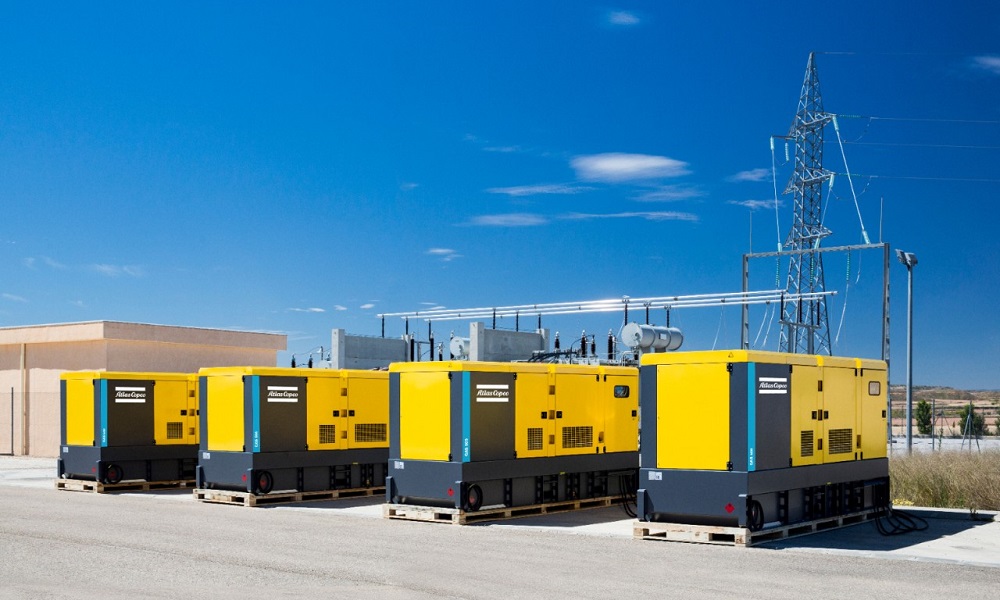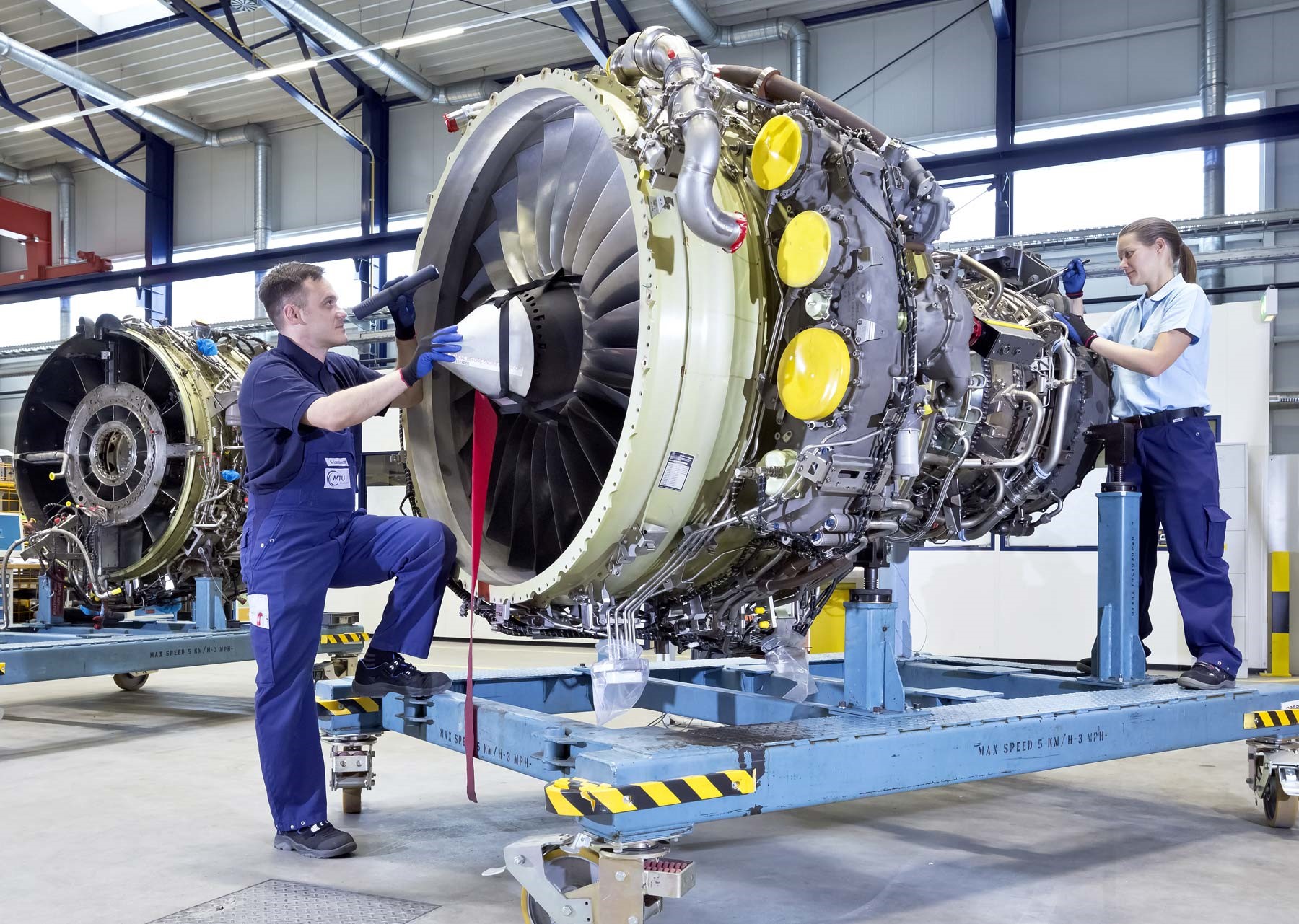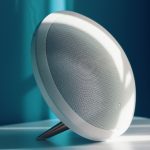How to Choose the Best Diesel Generator for Sale: A Comprehensive Guide

Generators provide peace of mind during blackouts by providing backup power. We created this comprehensive buyer’s guide to help you choose. How do you pick a generator? The This Old House Reviews Team created this comprehensive generator buying guide to assist you in choosing.
Table of Contents
Diesel Engine Operation: How?
Diesel Generator engines use four-stroke principles like petrol engines but have different combustion processes:

- Intake Stroke: Air pushes the piston down.
- Power Stroke: When the piston hits the top of the cylinder, a fuel injector injects diesel into super-compressed air, generating spontaneous combustion without a spark plug and forcing the piston down.
- Exhaust Stroke: The piston rises, expelling exhaust gases.
- Diesel generator engines don’t need spark plugs since they compress air more than gas engines. Compressed air gets hotter.
- Compression ratio measures compression. Engine compression ratio is the ratio of cylinder volume from highest to minimum. In other words, how much space is in the cylinder when the piston is at the bottom compared to the top?
- Most petrol engines have 8:1–12:1 compression ratios. Diesel engines compress air to 20:1, making it hot enough to combust without a spark plug.
- Diesel engines add fuel differently. Diesel engines, like fuel-injected gas engines, inject fuel before the power stroke after air compression.
- At this moment, the air is so dense that fuel molecules can react with more oxygen, generating greater power. This improves fuel efficiency over petrol engines.
5 Diesel Generator Buying Tips
Generators power Australia’s construction, infrastructure, and outdoor events.

Buying diesel generators requires five significant considerations:
TIP 1: SIZE REALLY MATTERS
Starting electric motors and transformers generate six times the full load current, making inrush currents the most crucial factor in generator sizing. Today’s high-efficiency motors can have roughly double that inrush current. Hence, motor and transformer starting kVA requirements are used to size generators.
Generators are sometimes enlarged for the motor running load rather than the application’s needs. It ignores other generator-sizing considerations. Variable frequency drives and sequential motor starting create harmonics. Some generator output loads may be more susceptible to voltage and frequency dips than the motor or motor starter, which can cause issues. Help arrives. Several generators now have solutions for alternator excitation systems.
A permanent magnet or auxiliary winding is typical. A residuary excitation current supplies three times their nominal current to the generator to cover electrical motor inrush peaks for ten seconds.
TIP 2: MODULAR CAPABILITY
Even if starting with one unit, ask the equipment maker how to parallel generators to create a modular power plant. Is this standard on the generator? Pairing two teams take how long? Not all generators can do this in under 10 minutes. If this skill is needed later, it is advised to check before investing.
A network of controllers may power up and down plug-and-play generators to meet on-site power needs. With low load, only one or two may operate, improving fuel efficiency. High demand may activate all units. Modularity has other advantages. First, equipment dependability is improved by designing the remaining units to boost output to sustain power output if one unit fails. Second, service intervals are shorter and cheaper since needed maintenance doesn’t require power interruption.
TIP 3: CONTROL SYSTEMS AND POWER MANAGEMENT
A versatile control system is ideal. For example, remote starting and programming, warnings for low fuel and other performance difficulties, and a wide range of analysis data. This improves power plant efficiency and provides an application process perspective. The plug-and-play configuration makes them perfect for rental applications. PMS starts and stops generators with load demand to optimize fuel use and performance. It also prolongs generator engine life by preventing low load damage.
TIP 4: FUEL EFFICIENCY AND AUTONOMY
Mobile generators today use less fuel than five years ago due to design and energy efficiency advances. The market has grown because modern technology runs longer and more efficiently. Fuel is expensive, and generators vary.
Modularity also saves fuel. Using a 1 MVA generator as a principal power source in a typical industrial application could consume up to 1.677 liters of energy each day. Three 325 kVA generators would use 1.558 liters. Biogas and natural gas fuel generators now. When buying a generator, explore these technologies with a manufacturer, as this market is emerging.
TIP 5: PHYSICAL SIZE AND TRANSPORTATION
Check for lifting eyes, forklift slots, and towability. For space and access, consider stacking generators. These factors affect operation expenditure and carbon cost reduction.
CONCLUSION
Consider the above sizing factors. For motor starting, estimate 1 kW of generator set rating per 3/4 to 1 hp on the motor nameplate. Always be conservative and remember that generators are meant to work hard, and that appropriate sizing to the application yields better performance. Users, contractors, and event businesses who have always rented the exact size generator should seek expert guidance regarding the latest advances to match outputs to applications.























